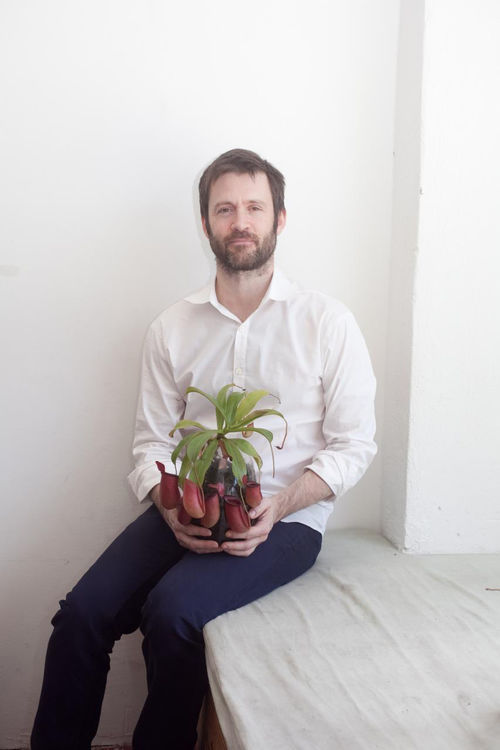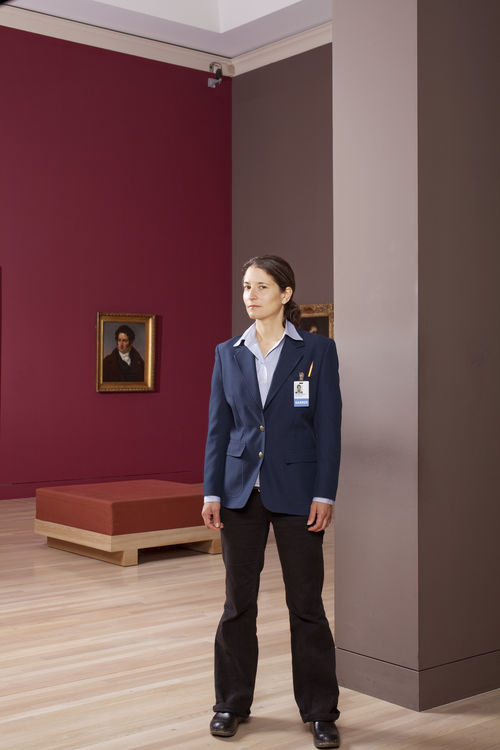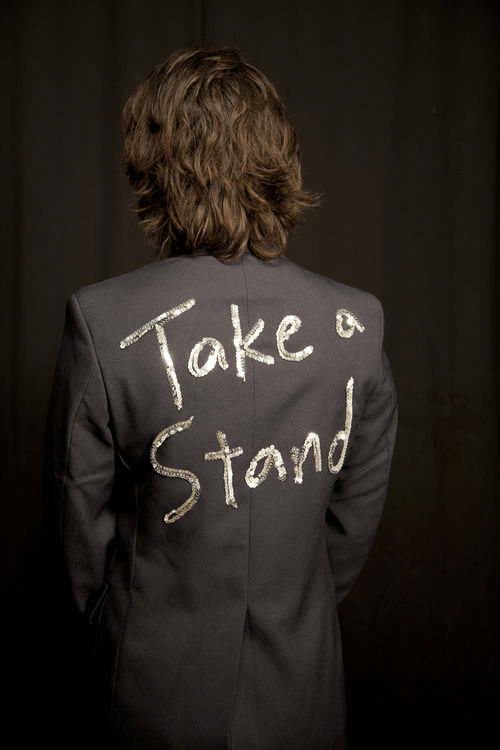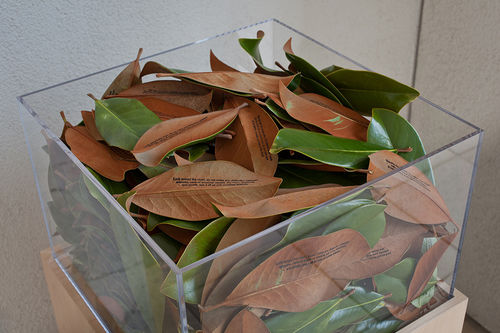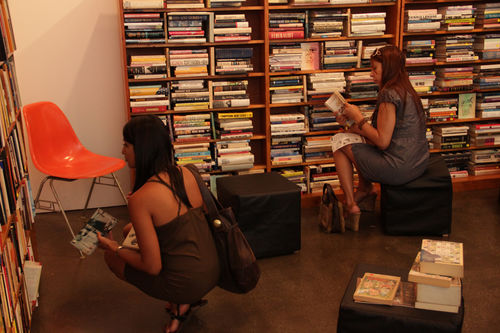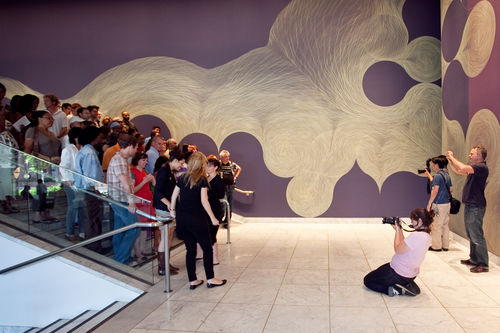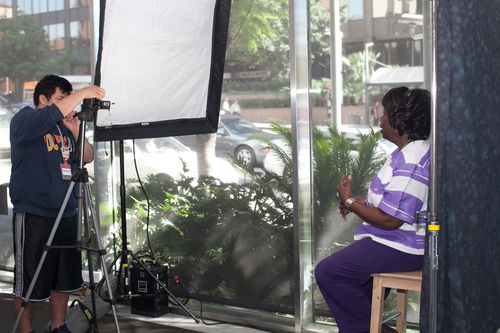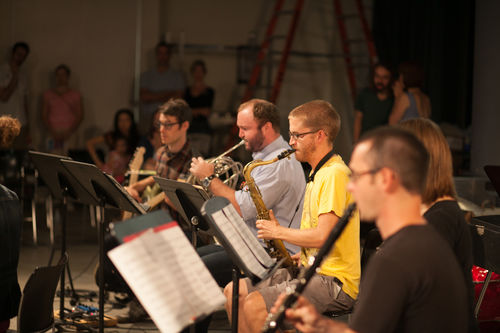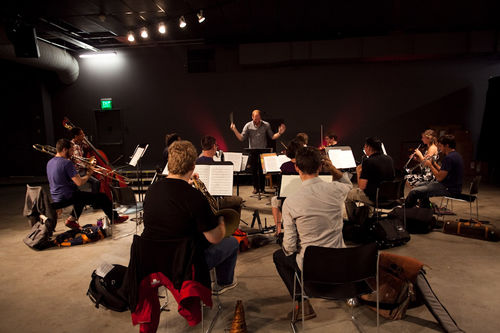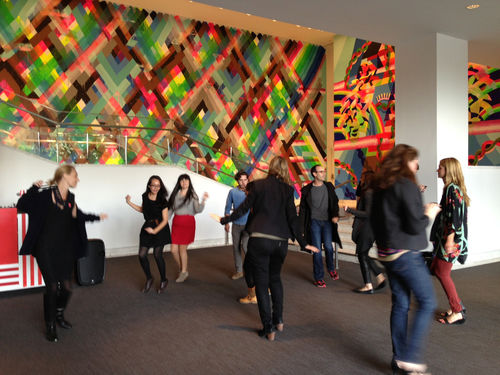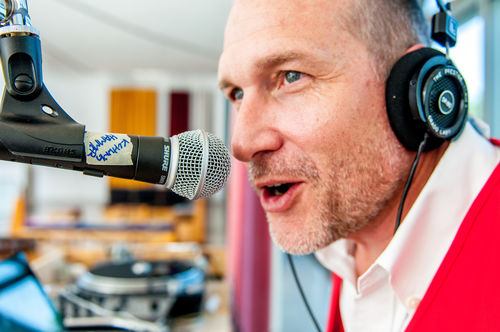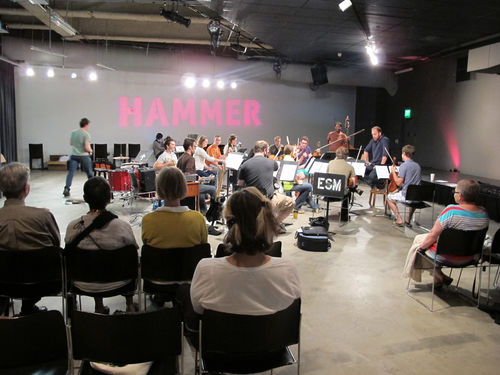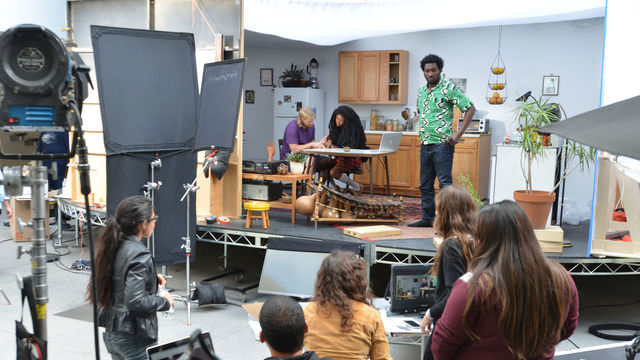
Five Years of Public Engagement
13 open rehearsals from orchestra-in-residence wild Up, in preparation for its critically-acclaimed Hammer performances
73 sequin-emblazoned blazers, worn by security guards, for Lisa Anne Auerbach’s United We Stand
76 houseplants in repose, thanks to Machine Project’s Houseplant Vacation
116 radio shows produced by KCHUNG Radio during their Public Engagement residency last fall
205 books donated by Hammer staff to Libros Schmibros, lending library-in-residence, Libros Schmibros
566 visitor portraits taken for Harrell Fletcher’s and Adam Moser’s Yearbook
600 blindfolds purchased for the Institute for Art and Olfaction’s scent concert, a Trip to Japan in 16 Minutes, Revisited
750 magnolia leaves stamped with art-viewing prompts for Charles Long’s Seeing Green
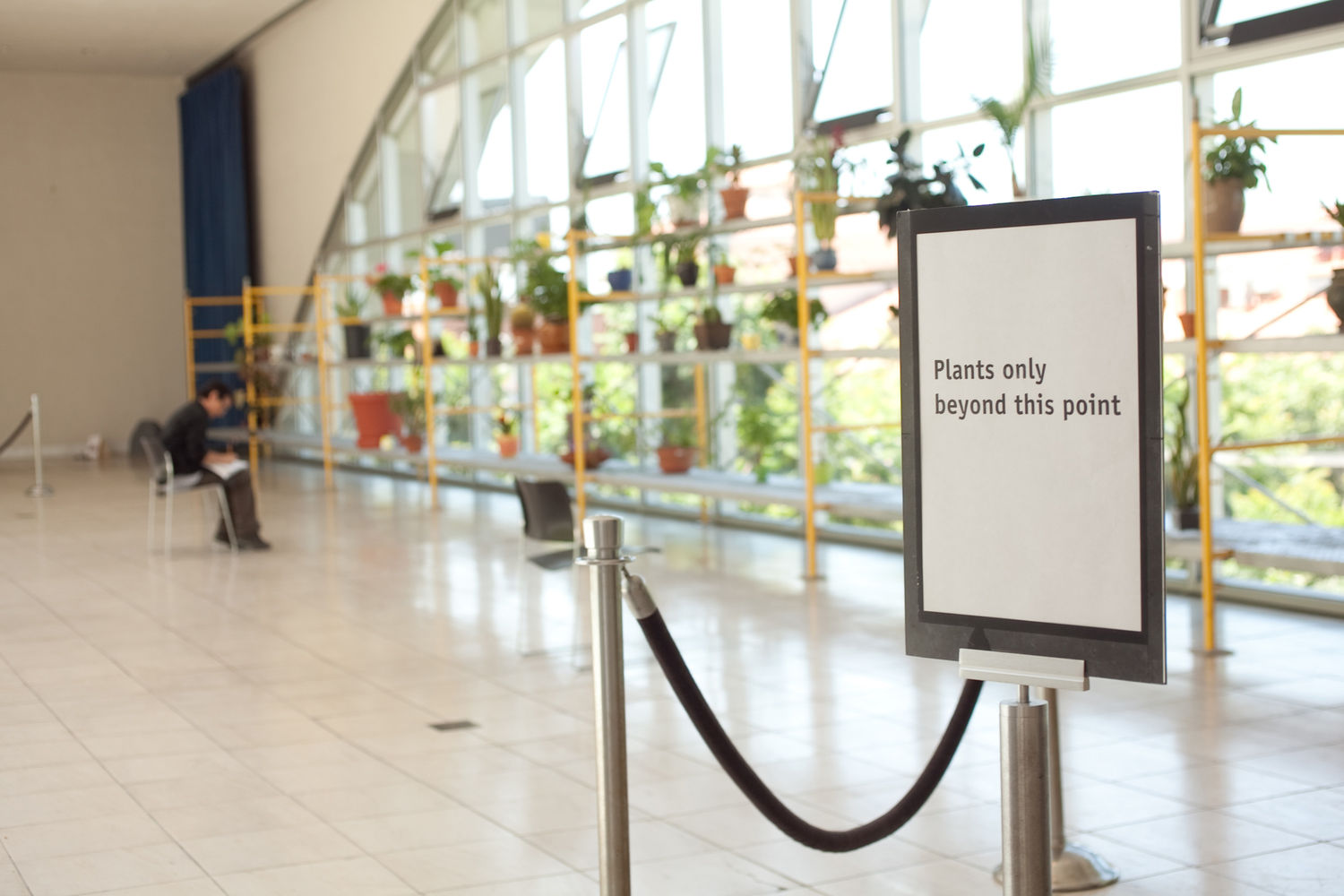
I won’t even go into…
# of baby spiders found in my office one Monday morning after a nice weekend incubation period in the aforementioned leaves. (The exterminator said he had never seen anything like it.)
# of drinks, purses, sweaters, etc. I’ve seen stacked on top of Sound Piece for the Hammer Museum, a work of art in our permanent collection that was developed by Machine Project during its Public Engagement residency. (The piece, installed outdoors, is comprised of a pair of playable ping pong tables.)
# of eyebrows raised when I said I was taking a job as “Curator of Public Engagement” in 2010.
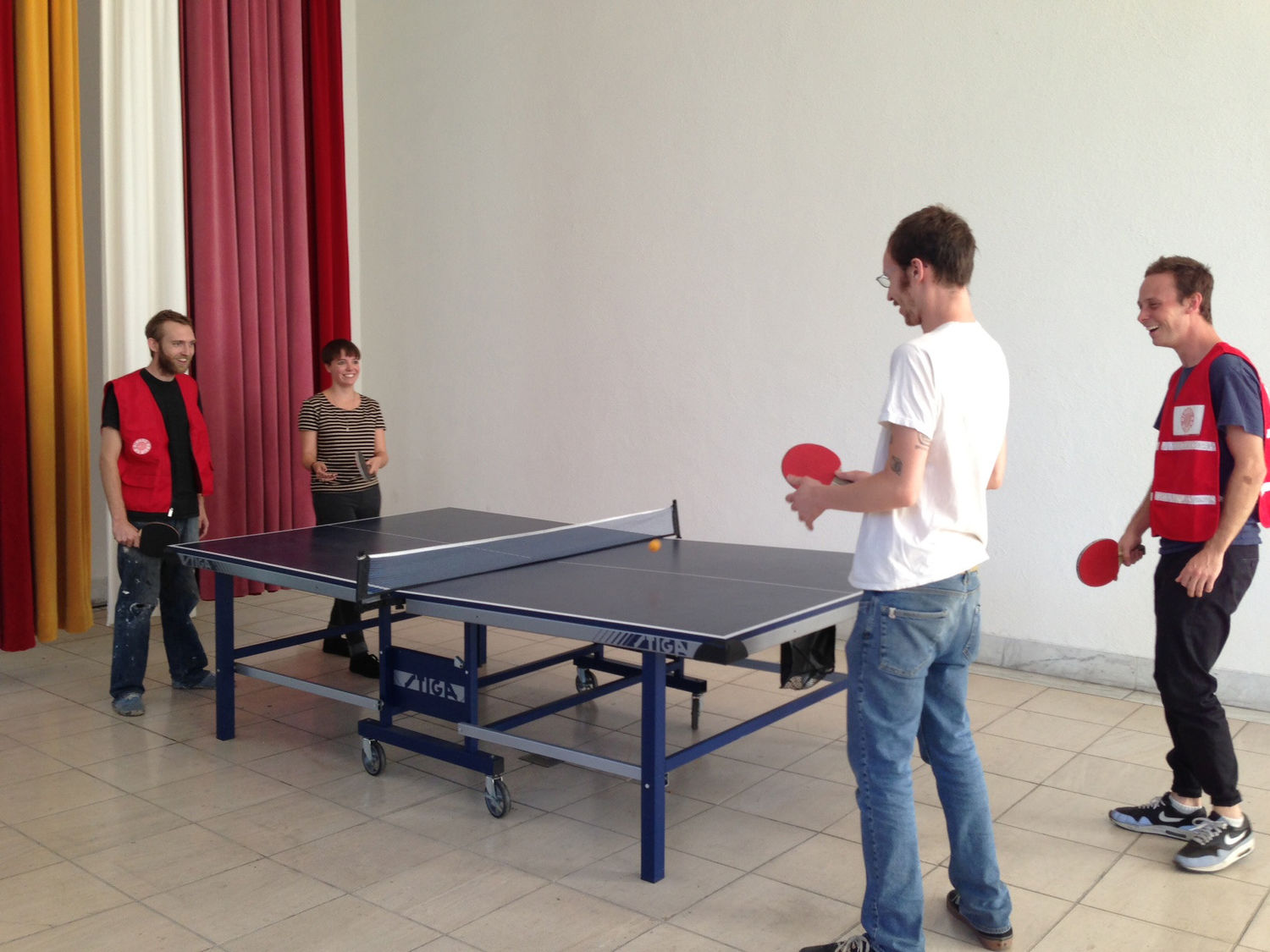
But here we are. More than four years later for me, and five years later for the program. What was once a truly unique undertaking—creating a department focused on art and also considering the role of the visitor—has become a more common practice in the field. By my count there are now nearly twenty institutions in the U.S. alone who have created engagement-centric teams. Though the Hammer’s program is unusual in that its focus is strictly curatorial, versus, for example, education that sometimes skews curatorial, or a marketing/visitor services fusion, there seems to be a shift underway. I’d like to think that the Hammer’s program, once a lonely little outlier, has had an influence on that.
Back to the beginning… The James Irvine Foundation started things off with a splash in June 2009 by awarding a major grant to initiate Public Engagement, with the intention of creating, “a new paradigm for the visitor experience.” At the time, we thought the crux of this paradigm was the formation of a visitor services/curatorial hybrid. Now, years later, and through a sometimes-painful evolution, the vision for Public Engagement has shifted. We consider it to be a purely curatorial program (one with the same reporting structure, same process for proposals, etc. as the rest of the rest of curatorial), one that typically values non-object based work, that honors process, and that has socially-engaged leanings. The relationships with artists, and artists’ relationships with visitors, are primary. Public Engagement is about a dialogue instead of a monologue.
I am most proud of presenting work that might not have found a home elsewhere, of pushing ideas as far as we could, and of messing with context whenever possible. What’s next? Well, speaking of pushing it to the limit and also of context… we have big news to share but you’ll have to stay tuned to find out exactly what we have planned.



